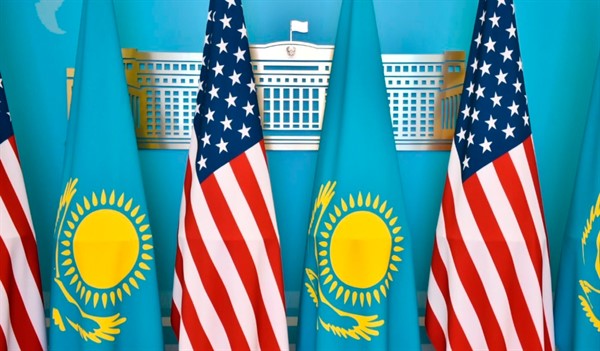As President Joe Biden’s foreign policy takes shape, one issue that still needs clarification is the role of Central Asia. Discussions in Washington about the region usually occur not on its own terms, but in the context of broader issues about Russian and Chinese influence, or security concerns around terrorism and the war in Afghanistan. However, Central Asia is important to the U.S. in its own right. For one thing, it is composed of frontier markets that can be attractive to U.S. companies, apart from the energy firms that already operate there. And some governments share the Biden administration’s interest in environmental protection. Moreover, some Central Asian countries, like Kazakhstan, have a strong interest in taking bilateral ties with the United States to a new level. The Biden administration should capitalize on this with a high-level trip to a region that has never been visited by a sitting American president.
Even visits by senior U.S. officials have generally been rare. In 2015, then-Secretary of State John Kerry memorably toured all five Central Asian states. It took another five years for another secretary of state, Mike Pompeo, to visit Kazakhstan and Uzbekistan, where he used the setting to criticize China’s persecution of the predominantly Muslim Uyghur minority in Xinjiang province, in western China, which Washington has labeled a genocide. Pompeo’s trip highlighted the tragic fact that in addition to around 1 million Uyghurs, tens of thousands of ethnic Kazakhs and other minorities in China have been forcibly incarcerated in what Beijing calls “re-education camps.” While Pompeo did meet with senior policymakers in both Kazakhstan and Uzbekistan, and even participated in a meeting with all five of his counterparts from the region, the visit was overshadowed by his criticism of China.
Despite the paucity of high-level U.S. visits, it would be incorrect to presume that Washington has historically ignored Central Asia. For example, the Trump administration’s strategy toward the region noted its importance “regardless of the level of United States involvement in Afghanistan,” and contained useful ideas to build connectivity and cooperation with Central Asia. The problem was the timing: The strategy was only released in February 2020, giving the officials who drafted it less than a year in office to implement it. The emergence of the COVID-19 pandemic also prevented the new strategy from really taking shape.

